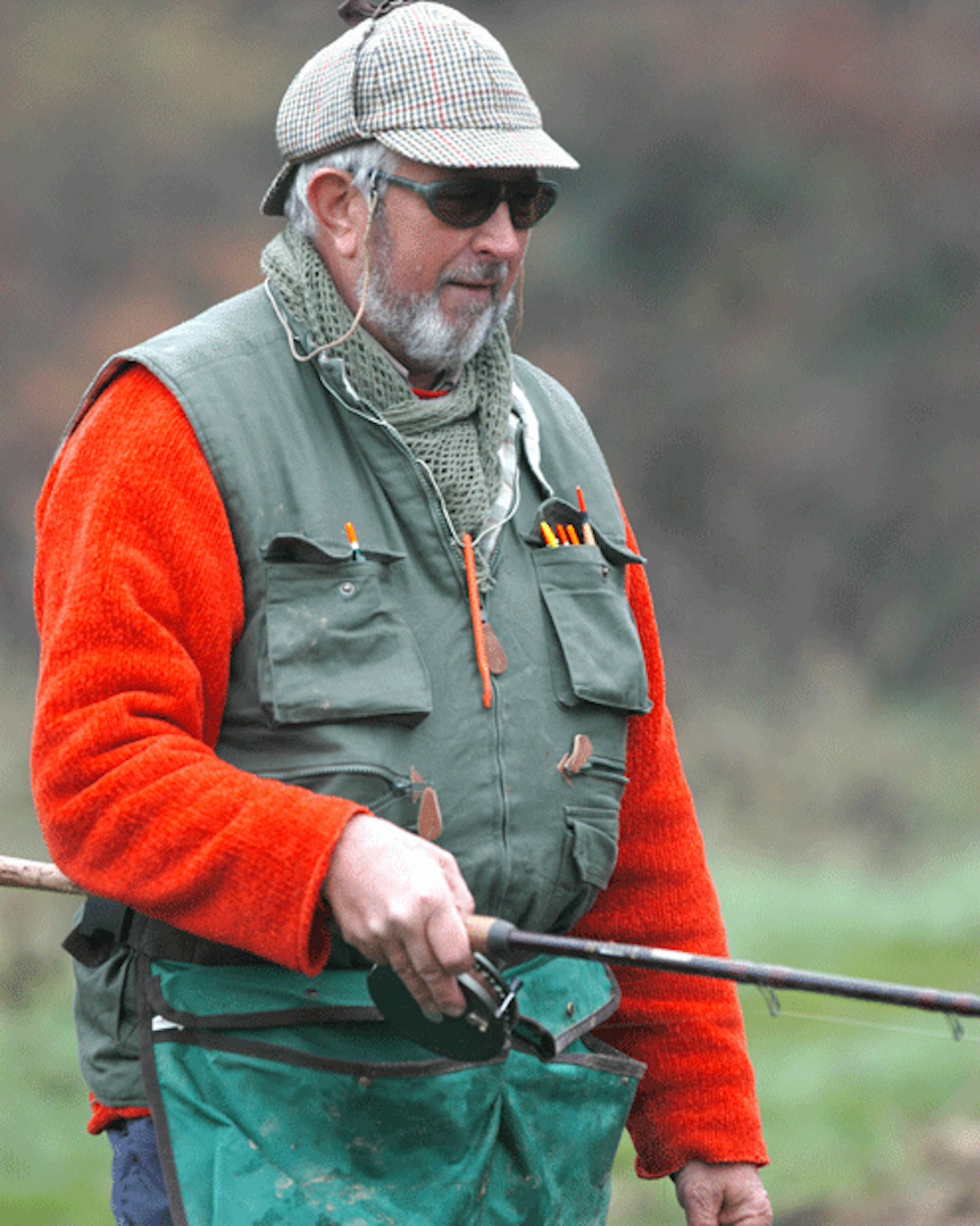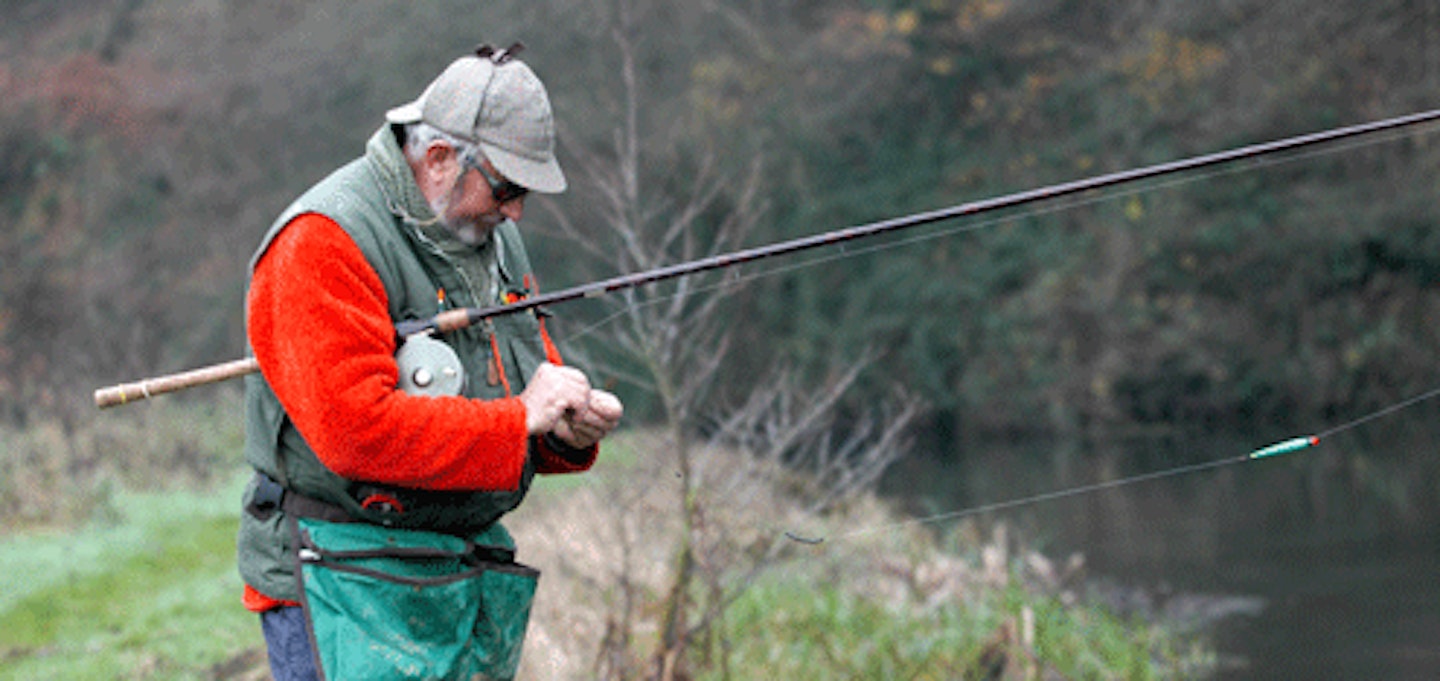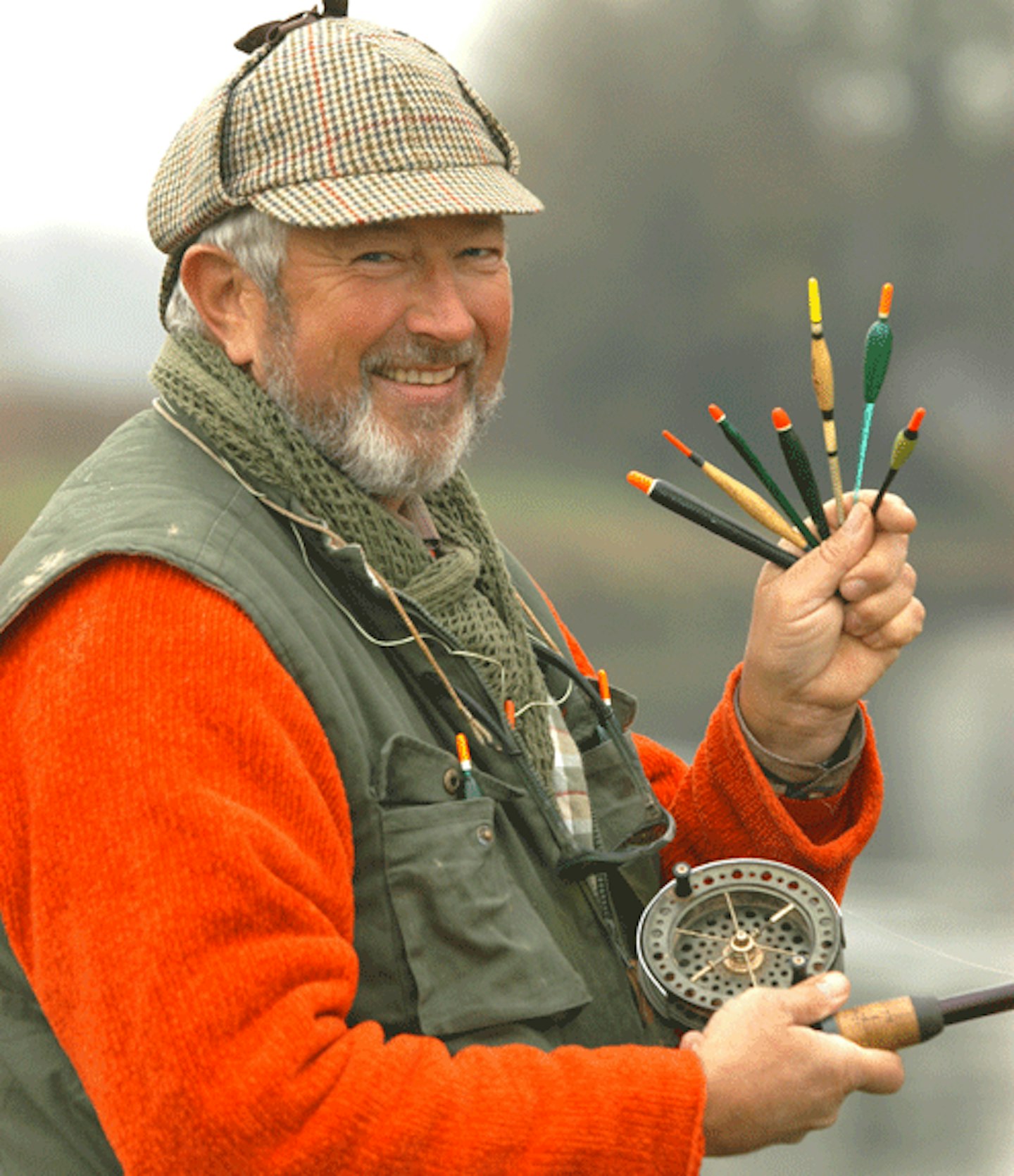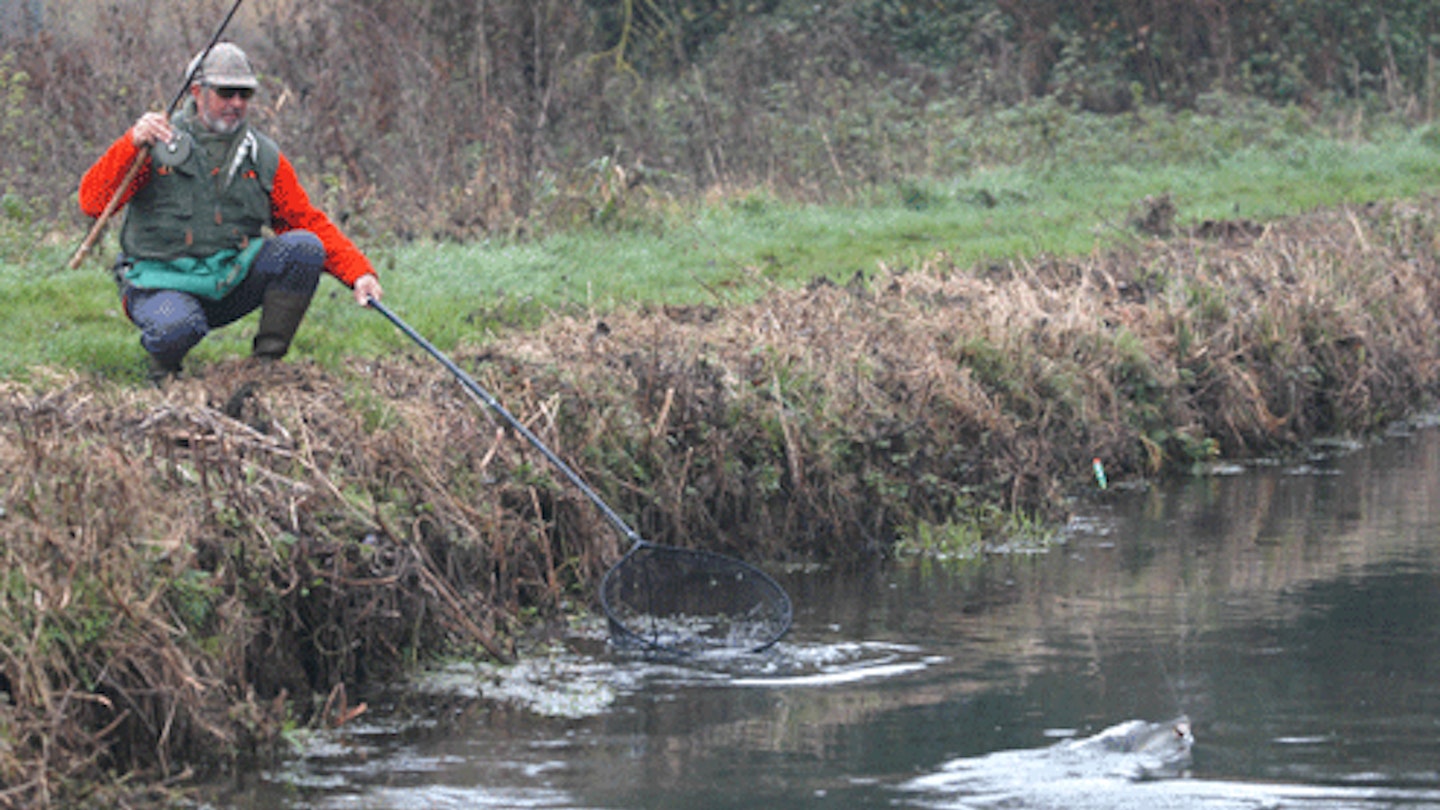One of the most productive and most rewarding ways to fish rivers is by long trotting with a float. It allows the angler to search the swim, to try out every nook and cranny in the hunt for roach, chub, barbel and dace.
Long trotting isn’t a method for the lazy angler though – it’s a testing technique that requires great float control, good watercraft skills, plenty of patience and the willingness to explore.
If you’re one of those anglers who wonders what fish lies at the end of each run and glide, then long trotting is for you, and here’s what you need and what to learn to master it…
TACKLE FOR LONG TROTTING
I believe the best reel for long trotting is definitely a good quality centrepin reel. You simply cannot beat the float control gained by using a well-produced centrepin and if you are intent on mastering this river technique, and you have enough spare cash, I would strongly suggest paying £100 or more on a quality ‘pin. You won’t be disappointed.
It’s false economy to pay for a cheaper centrepin as it just will not pay out line at the rate required, and this will mean your bait won’t be presented at the correct speed, therefore it will look unnatural, and therefore you won’t get as many bites.
So, if you cannot afford to buy a quality centrepin, opt to use your favourite fixed spool reel, with the bale arm open, and pay out line with your fingertips.
The perfect rod for long-trotting needs to have a flexible tip and a robust, powerful middle and butt section. This sort of action will ensure you pick up the line swiftly on the strike, and that you connect and manage to control the fish at distances up to 40 yards, against the current.
Nowadays mid-priced 13ft match/waggler rods are built to such a high standard that they are all ideal for long trotting, but if you want the best control opt to use a 14 or 15ft rod. The extra couple of feet will provide that little bit of extra leverage upon the strike, when controlling hooked fish, and when ‘mending’ the mainline.

TERMINAL TACKLE FOR LONG TROTTING
My mainline will depend upon the size of fish that I’m likely to encounter. If the river’s full of roach, dace and small chub then 2.5-3lb mainline will suffice. If there are barbel and big chub present, then I’ll step up to 4lb.
On thing to remember though, is if you are going to use a centrepin reel for bigger river species, don’t overfill the drum. A large fish will cause the line to bed in on the drum, making trotting afterwards really quite difficult, so you’ll only need 150-200 yards of line.
Regarding my hooklength – I much prefer to tie my hook direct to my mainline whenever possible, but there are times when a finer hooklength is needed to trick roach and dace into taking the bait. This is when I’ll use 1.25 – 1.5lb breaking strain hooklength line, joined to the mainline using a four-turn water knot.

FLOATS FOR LONG TROTTING
The main aim of long trotting is to present a bait so that it trundles along the river bed, at the same speed as the current. This means the angler needs to pick a float that will allow this.
The float has to have enough weighting so that the bait is permanently pulled down to the river bed, regardless of the water speed and direction. Lightweight stick floats are far from ideal for a couple of reasons. Firstly the small sight tips will be near impossible to see at distance, and secondly the lightweight shotting required will make the bait jump off the bottom and dance around unnaturally whenever the float is stopped, held back or mended to alter its direction.
I prefer to use heavier floats for this kind of fishing: Chubbers, Loafers, balsa trotters or even Crowquill Avon floats are perfect, because they are best shot with a bulk of BBs or even SSGs positioned 1ft from the hook.
This heavy bulk of shot ensures that the bait is forced down to the bottom at all times, regardless of the strength of the flow.
These floats are attached to the mainline using a couple of float bands – one positioned underneath the sight tip, and one around the base of the float.

TIPS FOR LONG TROTTING
If your float requires 3SSG shot, for example, use six AA shot instead, all grouped together. It’s the same weight, but I have found that a longer group of smaller shots rides over shallower weedy or gravel banks far easier than a few larger shot.
If you notice a particular area of the river where the float continues to be sucked under as it becomes snagged upon weed or debris, don’t suddenly alter the depth of the rig to compensate. This will give your rig the correct depth for that little area, but it will be too shallow for the rest of the swim.
The best solution is to hold the rig back hard as soon as it approaches the snag. This will force the bait to rise up in the water and skip over the snag. Once it’s over the area that has been causing problems, continue running the float through the swim, as before.
During biteless periods, try holding your float back occasionally to make the bait speed up and lift off the bottom. During a free trot through the swim, the float will be in front of the bait, but as soon as you apply finger pressure to the line and stop the float, the bait will speed up, pass the float and lift off the bottom. Although unnatural, this can often trigger chub, dace and grayling into snapping at the bait.
